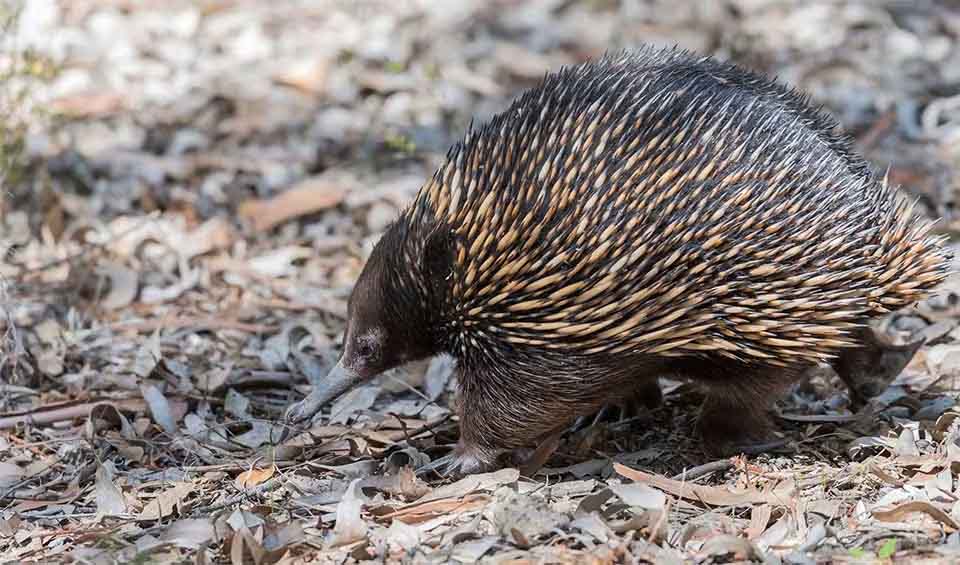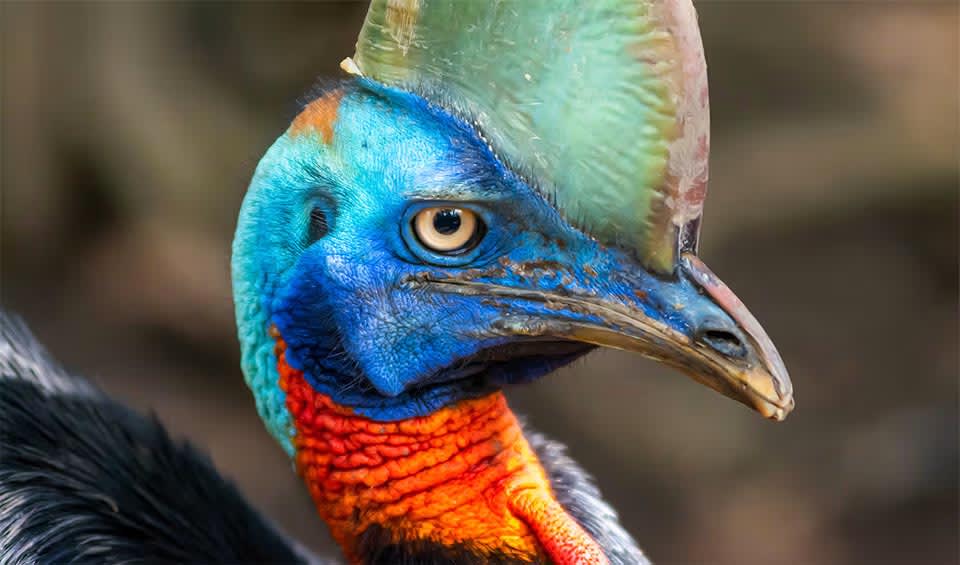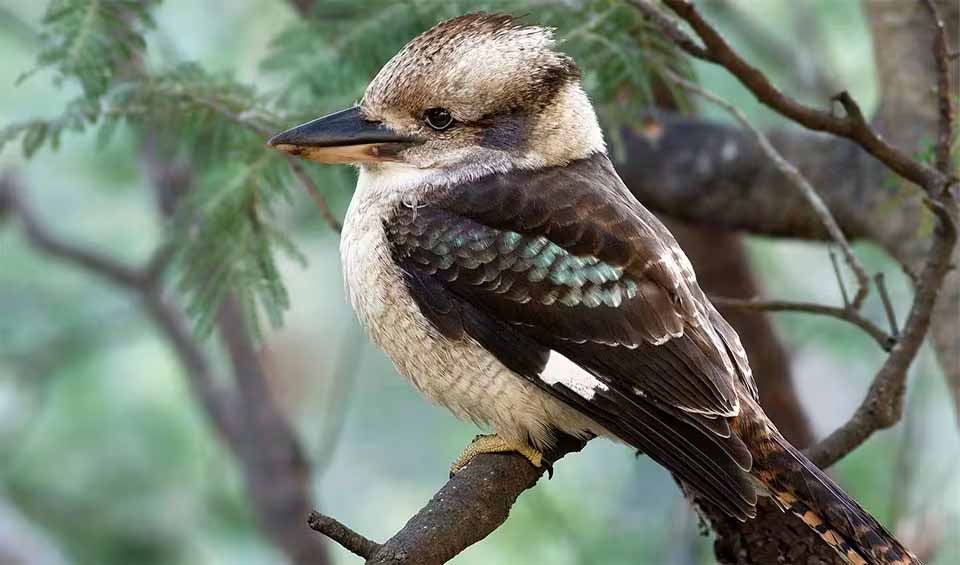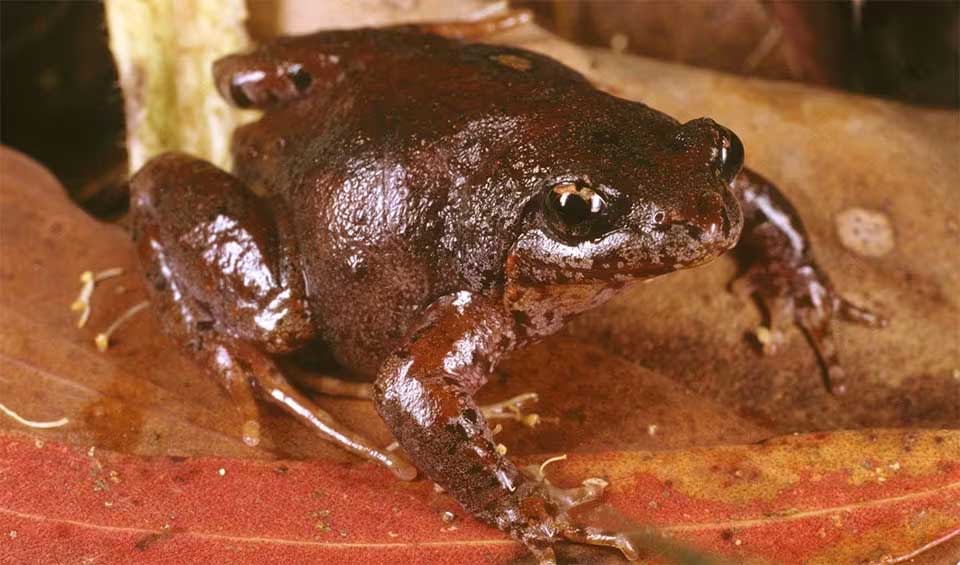Hopping around with in-built, cozy child-care pouches, Kangaroos are unofficial mascots for this country! Australia’s geographical isolation by vast oceans from other continents over millions of years resulted in its own distinct evolutionary pathways for plants and animals.
Australia secures its place among the world’s 17 megadiverse nations with its unique set of landscapes, species and ecosystems. It covers less than 10% of the Earth’s surface yet harbors over 70% of global biodiversity, with around 600,000 and 700,000 native species. Surprisingly, 50% of plants and over 75% of mammals—are found nowhere else on the planet, including half of the world’s marsupial species. Australia’s geographical isolation resulted in a high level of endemism. The Australian Biological Resources Study estimates roughly 566,398 species and around 70% of Australian species have yet to be documented.
Unlike many other nations, the country has a variety of natural factors that impact biodiversity, including nutrient-poor soils, frequent fires, and flat terrain. The conservation of native species has accelerated because Indigenous Australians deeply value the natural world and view it as essential to their spiritual, cultural, and everyday existence.
Four pillars elaborated:
Over 22.1% of Australia’s land is protected in the National Reserve System (NRS), totaling 11,099 areas. It’s divided into 42 terrestrial ecoregions, with 41 having some protection. About half of the land area is used for agriculture. Forests cover 17.4% of the land, but only one-fourth of the original native vegetation remains intact due to land use changes. Land Management
Land Management
The country also values its marine environments, with 24 marine ecoregions and Marine Protected Areas (MPAs) covering 44.34% of its marine jurisdiction. This includes 3 Ecologically or Biologically Significant Marine Areas (EBSAs) within its Exclusive Economic Zone (EEZ).
Conservation efforts extend to promoting biodiversity through Key Biodiversity Areas (KBAs). Effective collaboration across government levels is crucial for managing these protected areas and sustaining the natural heritage with ongoing environmental and human impacts.
Australia faces significant challenges in conserving its biodiversity, with the highest global rate of mammal extinctions in the past two centuries. It continues to experience one of the highest species decline rates. Biodiversity Sensitivity
Biodiversity Sensitivity
Over 1,900 species and ecological communities are at risk of extinction due to multiple factors. These include habitat loss, degradation, and fragmentation caused by urban development, agriculture, and infrastructure projects, invasive species, and unsustainable use of natural resources. Altered hydrology from dams and irrigation, and changing fire regimes are also major contributors. Climate change is an increasing threat, affecting ecosystems like alpine regions where snow cover has diminished since the late ’50s.
Australia has seen continuous declines in species populations and genetic diversity. National laws currently classify over 100 species as extinct or extinct in the wild; with maybe more species gone but not recorded due to insufficient surveys/data. The concept of “local extinction” is increasingly relevant, highlighting the subtle nature of biodiversity loss.
The management of conservation and protected areas in Australia involves various groups and individuals. Government agencies are in charge of 63.9%, while 20.4% are covered by shared governance, and 14.1% are made up of private lands (13.4% by individuals and 0.7% by non-profits). Indigenous Peoples manage 0.8% of these areas under Indigenous Protected Areas, totaling 4,023,204.0 km² (1,552,548.7 mi²), much of which (3,093,259.0 km² or 1,194,207.8 mi²) lies outside formal protected zones. Capacity and Governance
Capacity and Governance
Governance is guided by the Environment Protection and Biodiversity
Conservation Act 1999 requires approval from the Minister for Environment for activities impacting national environmental matters. In the context of climate change, conserving biodiversity is given extreme priority in the Biodiversity Conservation Strategy (2010–2030), which aims to improve resilience and protect ecosystems.
Investment in biodiversity conservation has been consistently low in the country, with annual spending between AUD 400 million and 500 million (less than 0.05% of GDP, since 2010). The ‘Nature Positive Plan’ allocated only $214 million over five years, significantly less than the projected $2 billion needed yearly for ecosystem restoration.
Australia plans to significantly support biodiversity conservation through its updated National Biodiversity Strategy and Action Plan (NBSAP), & Australia’s Strategy for Nature (2019-2030). In order to improve biodiversity management in all environments, rural and urban, this strategic framework highlights the connection between biodiversity and human health. It sets 3 goals, 12 objectives, and 45 measures to track progress nationwide. Future Trends
Future Trends
Achieving measurable outcomes, strengthening ecosystem resilience to climate change, and involving all Australians in conservation are given priority. It aims to be inclusive of all sectors, flexible to new objectives and plans to expand offset policies in state and federal environmental evaluations. Supported by the Environment Protection and Biodiversity Conservation Act (EPBC Act), the strategy protects significant species and ecosystems. Nationwide biodiversity conservation efforts are being strengthened by ongoing funding for initiatives such as the National Landcare Program and Indigenous land management programs.
Biodiversity
Australia is renowned for its iconic and endemic species, with notable examples including the kangaroo, koala, and platypus. These unique creatures, along with the echidna, Tasmanian devil, and emu, are emblematic of Australia’s diverse wildlife. Additionally, Australia is home to a multitude of endemic bird species such as the kookaburra and the colorful parrots known as lorikeets.In marine ecosystems, the Great Barrier Reef stands as one of Australia’s most iconic natural wonders, boasting unparalleled biodiversity and vibrant coral reefs. This UNESCO World Heritage Site is home to countless marine species, including unique fish, turtles, and rays, making it a globally significant ecosystem.
In the table below are the number of known species in several main groups, how many of these species are Threatened with extinction, and how many of them are Endemic (unique to Australia only):
| Species (World rank) |
Threatened | % Threatened | Endemic | % Endemic | |
|---|---|---|---|---|---|
| Mammals | 387 (#19) | 63 | 16.3% | 289 | 74.7% |
| Birds | 726 (#33) | 67 | 9.2% | 354 | 48.8% |
| Reptiles | 1,150 (#1) | 75 | 6.5% | 916 | 79.7% |
| Amphibians | 253 (#16) | 47 | 18.6% | 226 | 89.3% |
| Fishes | 5,053 (#1) | 210 | 4.2% | 570 | 11.3% |
| Plants | 23,686 (#10) | 108 | 0.5% | 11,931 | 50.4% |
mammals
Swamp wallaby
Its dense fur and dark coloration blend seamlessly into its swampy habitat, making it a true master of camouflage
Koala
The cute iconic Australian nappers at risk after government fails to protect its home
Short-beaked echidna
Has tiny muscle bundles connected to the bottom of each spine so that the spine’s movement and direction can be controlled
birds
Gouldian finch
No bigger than your hand but it boasts a plumage as colorful as a rainbow
Southern cassowary
This heavyweight champion is the
heaviest Asian and Australian living bird
Kookaburra
They are known to form cooperative breeding groups, where offspring from previous years help the parents raise the next brood of chicks
reptiles
Saltwater crocodile
Largest of all living reptiles and the animal most likely to eat a human
Inland taipan (fierce snake)
Often called the most venomous snake on earth, these creatures are anything but dangerous
Thorny devil
Otherwise known as the thorny dragon, this lizard is definitely in need of spa treatment
amphibians
Eastern smooth frog
This frog is found predominantly in Victoria and southeastern New South Wales. It thrives in various habitats, including damp forests, woodlands, grasslands, and coastal heathlands. These frogs prefer abundant ground cover, such as leaf litter, logs, and rocks, which provide essential moisture and shelter. They are commonly found near water bodies, including ponds, streams, and […]
Australian wood frog
Papurana frogs inhabit a wide range of environments across Southeast Asia, including Indonesia, Papua New Guinea, the Philippines, and Malaysia. They are typically found in lowland tropical rainforests, swamps, marshes, and along the edges of streams and rivers. These frogs are highly adaptable, often thriving in both pristine forests and disturbed areas such as agricultural lands and suburban gardens. […]
Crucifix toad
Unlike most frogs that love hopping around on lily pads, this one spends most of its life underground, a real dirt dweller
National Animals
Red kangaroo
Hop into the world of the mighty red kangaroo, Australia’s iconic marsupial
Emu
The unarmed winners of the Australia’s Emu-war


















